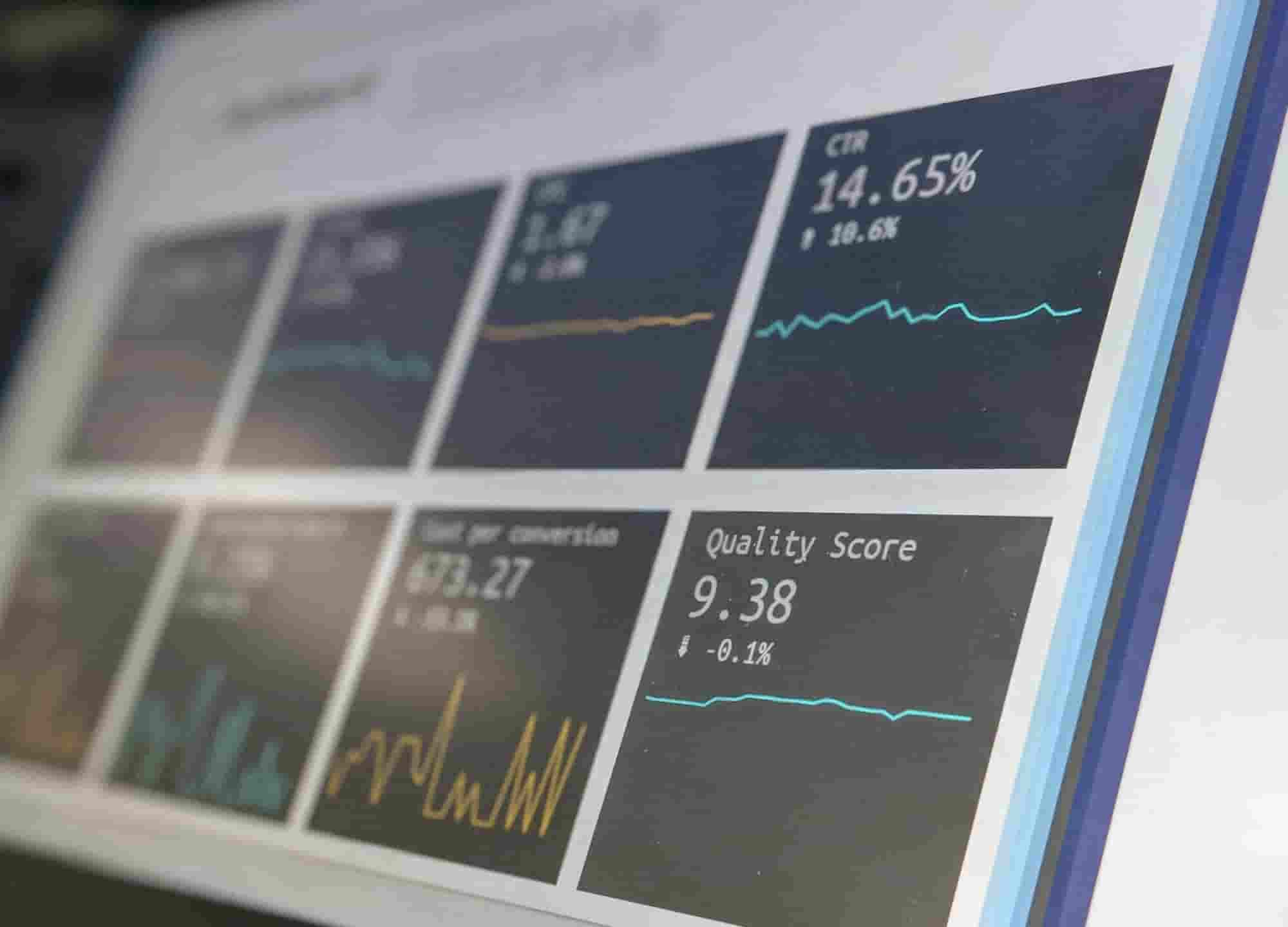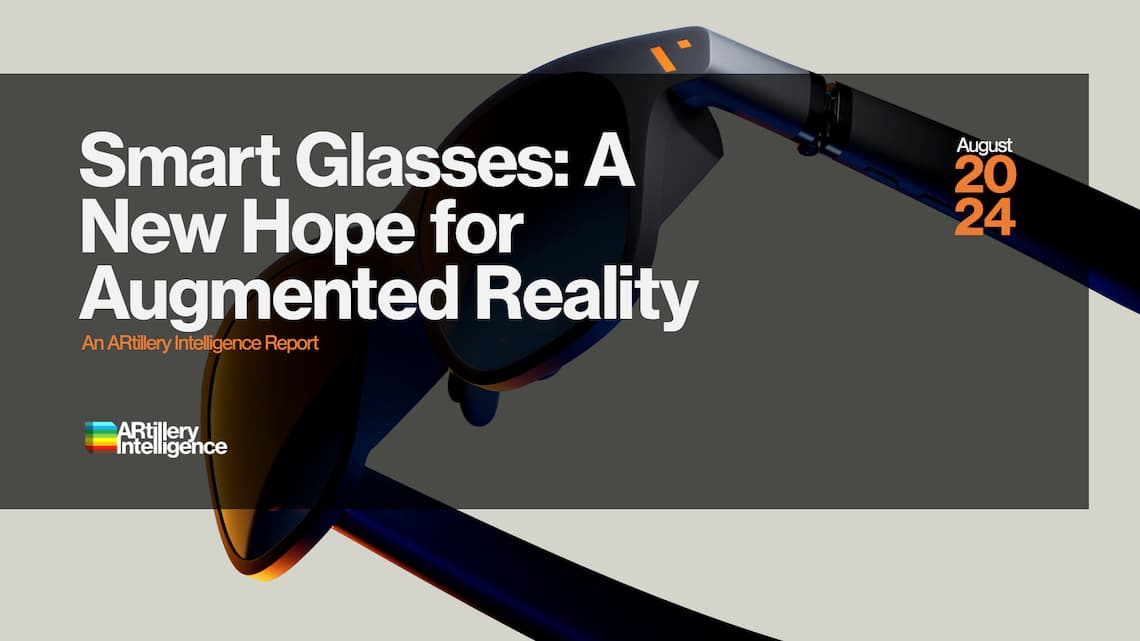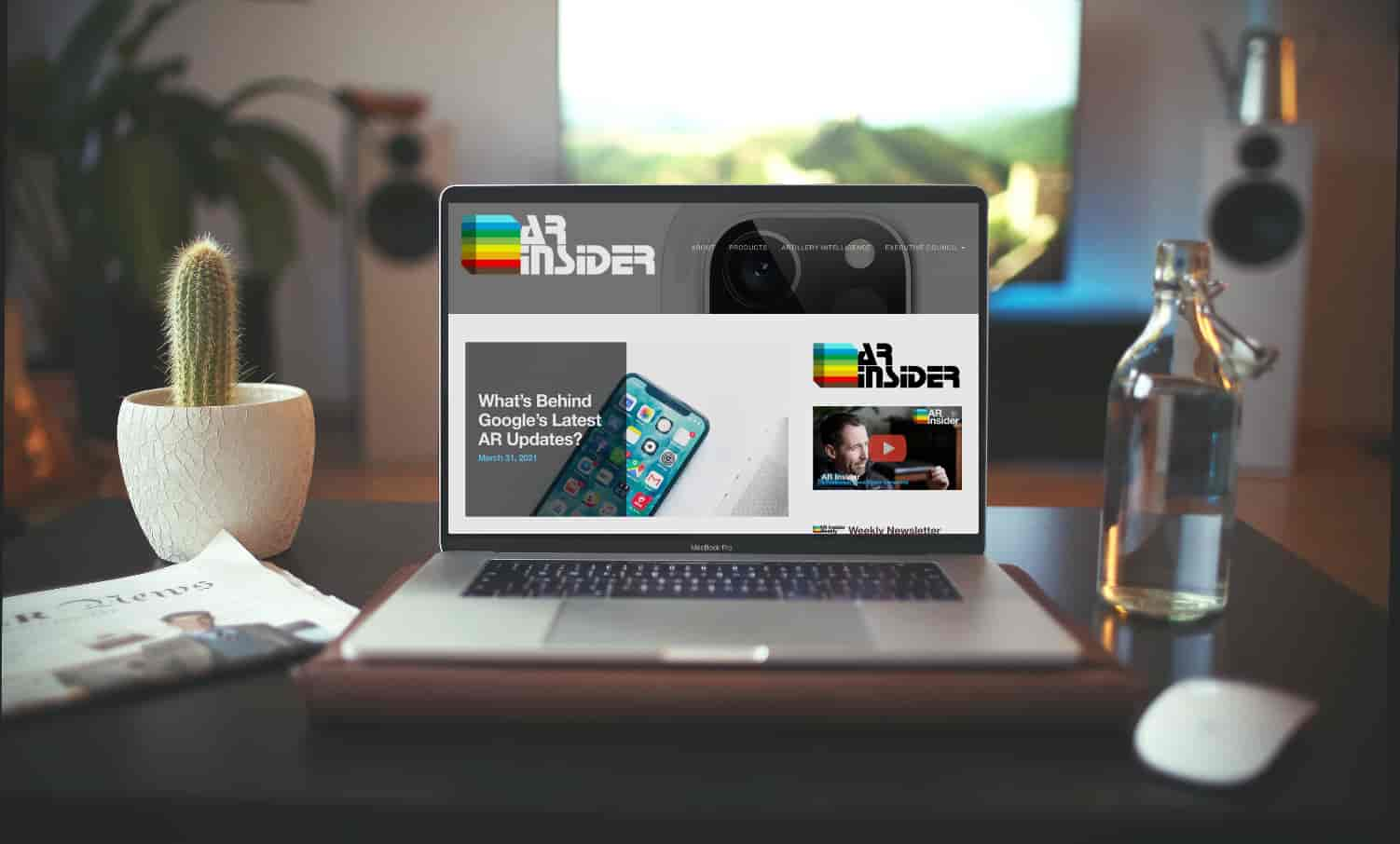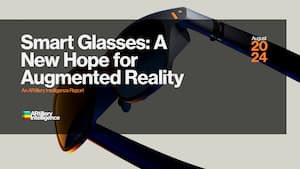
Smart glasses have seen their ups and downs – from the early excitement around Google Glass, to the the device’s famous flameout. The before-its-time and identity-confused device has since become a cautionary tale and the butt of jokes throughout the AR land. But that cautionary tale ended up serving the market well, leading to the evolutionary point where we now sit. Though there’s still miles to go, the past year has seen a noticeable inflection in excitement, investment, and market reception for smart glasses.
This inflection has involved a few factors. The first factor is that the broader XR world has begun to get more realistic. After spending a decade obsessed with an overly-ambitious vision that achieves graphical richness and wearability, smart glasses are beginning to be self aware that they can’t do both (yet). So we’ve instead seen more narrow, focused, and purpose-built use cases. They contrast the previous standards in hardware like Microsoft HoloLens 2 and Magic Leap 2 – venerable devices in their own right, but lugging do-everything bulk that only works for enterprises.
One example of this focused approach is Xreal Air 2. It’s built for the single purpose of private massive virtual screens for gaming and entertainment. This is not only focused, but it targets a use case that’s relatable and resonant with a large consumer market. Our survey data support that notion.*
The second factor is AI. Its ability to infuse intelligent and personalized assistant functions takes the burden off visuals as a central smart-glasses selling point. The result is experiences whose value lies not in graphical intensity but in the personalization and relevance of the information being delivered. This includes personalized alerts, social signals, and identifying people & things via text and audio. This is more about information than optics. It’s experientially meaningful, even if graphically underpowered.
And without all those optical requirements, smart glasses can achieve erstwhile elusive targets: style and comfort. The device that best applies these principles is Ray-Ban Meta smart glasses. Besides upgraded and well-integrated audio quality and video capture, multimodal AI is a central selling point. It can identify and contextualize real-world objects using visual input and voice output. It doesn’t even have a display system.
All the above boils down to the art of the possible. The device does its best with today’s available tech while offering a bridge to the fully-actualized smart glasses we really want. That end goal includes immersive optics and style in the same package. But until we get there, today’s smart glasses are starting to be honest with themselves about what they can and can’t do. And that honesty is baked into their design – leaning into the best of what’s possible today.
In the meantime, Apple Vision Pro looms over everything, showing what’s possible at the other extent of the UX spectrum. This practically achieves a few things. First, it could popularize immersive streaming and entertainment, thus stimulating demand for more affordable flavors… such as Xreal Air 2.
The second thing Vision Pro achieves is to represent smart glasses’ counterpart at the the other end of the experiential spectrum. That spectrum involves a sliding scale between UX and style/comfort, as noted. The desired outcome is for these two endpoints to someday meet in the middle for the best of both worlds. It will take several years to achieve this, but we’ll see worthwhile technology along the way, including the latest batch of smart glasses.
That’s what we’ll venture to examine in this report, including trend analysis, market projections, and reviews of the most notable devices. The goal, as always, is to empower you with a knowledge edge.

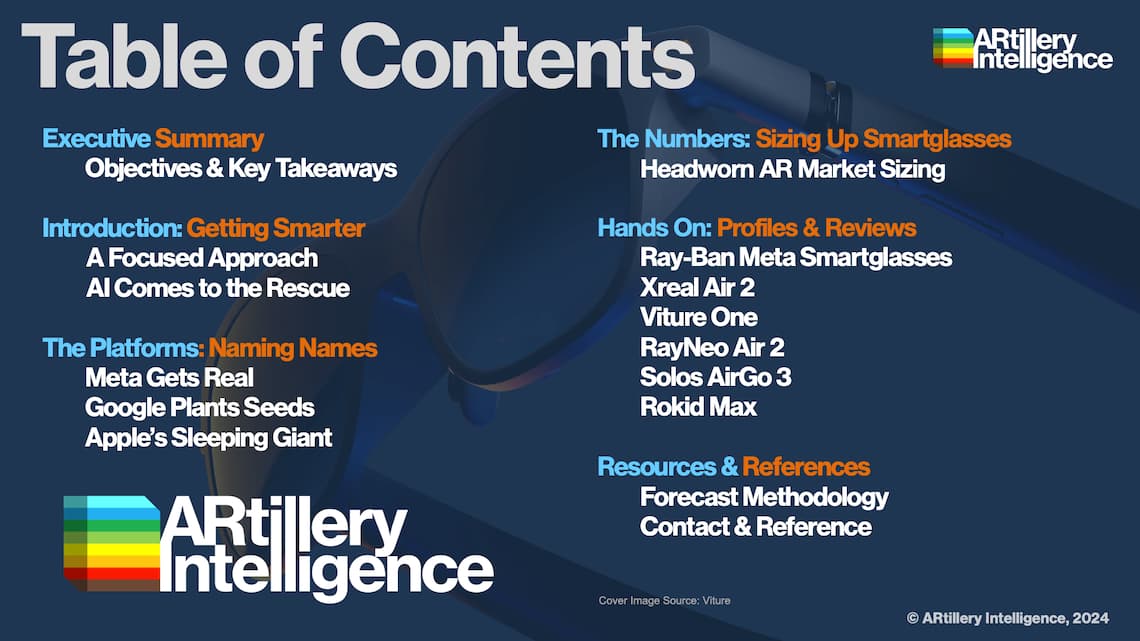

The fastest and most cost-efficient way to get access to this report is by subscribing to ARtillery PRO. You can also purchase it a la carte.
This report highlights ARtillery Intelligence viewpoints, gathered from its daily in-depth market coverage. To support narratives, data are cited throughout the report. These include ARtillery Intelligence’s original data, as well as that of third parties. Sources are linked or attributed in each case.
For market sizing and forecasting, ARtillery Intelligence follows disciplined best practices, developed and reinforced through its principles’ 18 years in tech-sector research and intelligence. This includes the past 8 years covering AR & VR exclusively, as seen in research reports and daily reporting.
This approach primarily applies a bottom-up forecasting analysis, secondarily vetted against a top-down analysis. Together, confidence is achieved through triangulating figures in a disciplined way. More about our methodology can be seen here, and market-sizing credentials can be seen here.



Unless specified in its stock ownership disclosures, ARtillery Intelligence has no financial stake in the companies mentioned in its reports. The production of this report likewise wasn’t commissioned. With all market sizing, ARtillery Intelligence remains independent of players and practitioners in the sectors it covers, thus mitigating bias in industry revenue calculations and projections. ARtillery Intelligence’s disclosures, stock ownership, and ethics policy can be seen in full here.
Checkout easily and securely.
Ask us anything

